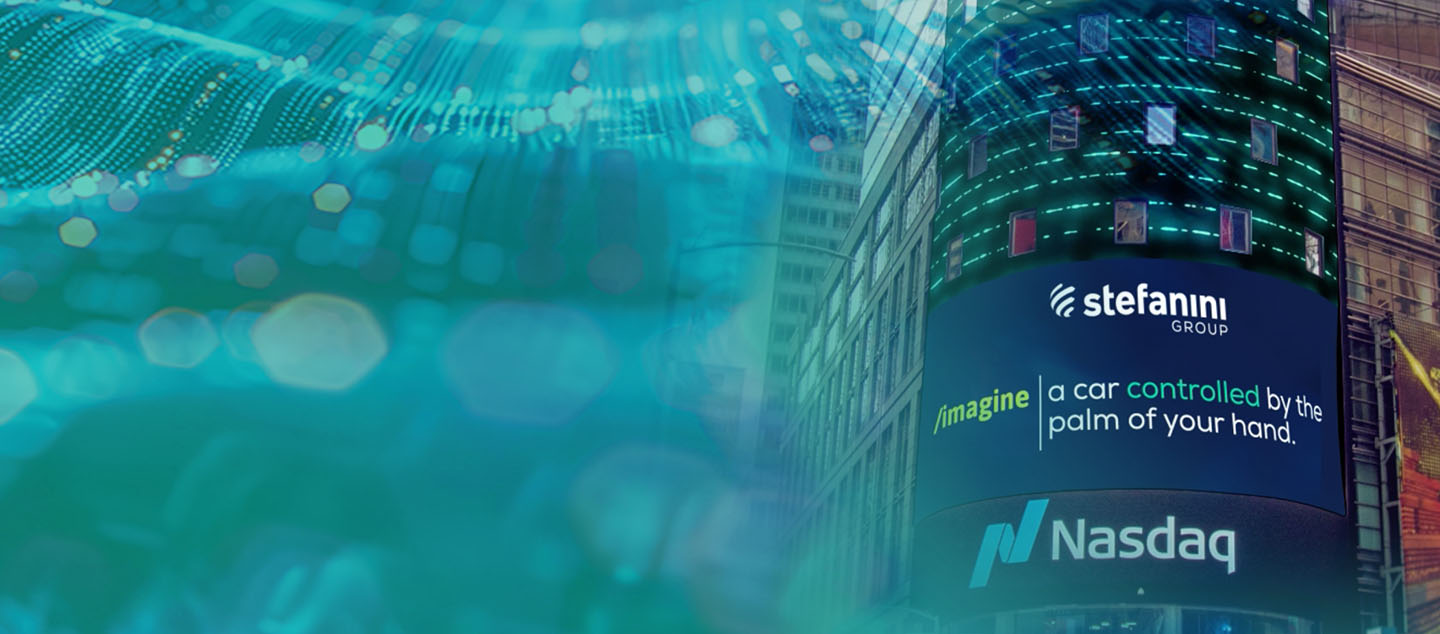Does this phrase sound familiar? “If it ain’t broke, don’t fix it.”
And while this popular saying can be applied to a variety of areas, when it comes to business processes, this classic adage falls short. In fact, successful enterprises know that business processes are in need of consistent review and improvement to ensure the company can work efficiently enough to fulfill client expectations, deliver products to market in a timely fashion, introduce cost-effective measures, and more.
One avenue many enterprises are embracing to improve workflow is through business process automation. But how are organizations using artificial intelligence (AI) in their business process management (BPM) plans to make a difference in their specific processes? We have some insights for you!
What other technologies are being used in the digital workplace? Check out our roundup here!
Not Using AI for Process Improvement? You Might Be Missing Out
Businesses have functioned without adding AI-based systems to the mix in the past; now, many wonder, why does AI make a difference in process improvement today?
In short, AI has the ability to monitor and adjust to many more variables at a speed that human counterparts simply cannot match. At the same time, AI technologies are also more objective and consistent than people. And as AI learns, the more it can act on and predict outcomes to any subsequent changes made. With AI’s assistance, people can forecast the effects of change, see how something in production can be improved, and identify any bottlenecks or resource constraints.
Further, AI provides business leaders with trends, facts, and insights that help them make better decisions, identify suitable investments, and prioritize actions. Today, AI is more accessible, affordable, and employable, leading to more enterprises adopting and scaling AI in ways they may not have in years prior. In fact, according to a study released by Gartner earlier this year, 31% of CIOs are increasing their AI investments in 2021 – and with the benefits listed above, it’s easy to see why.
How is technology transforming the future of work? Details here!
Leveraging Artificial Intelligence to Improve Business Processes
When considering adding AI to their business processes, enterprises should first look at AI in terms of business capabilities rather than technologies. A study from the Harvard Business Review found that cutting-edge AI technologies are commonly used to support three crucial business needs: automating business processes, gaining insight through big data and data analysis, and engaging with customers and employees.
1. Process automation – one of the most common uses of AI in the workplace involves using robotic process automation technologies to automate the digital and physical tasks that are typically back-office administrative and financial activities. Compared to earlier business-process automation tools, RPA is much more advanced due to the fact “robots” (also known as code on a server) act like a human inputting and consuming information from multiple IT systems. One of the advantages to RPA is that it is one of the least expensive and easiest cognitive technologies to implement and typically garners a quick, high return on investment. While it is particularly well-suited to working across multiple back-end systems, it is important to note that RPA is also the least “smart” as its applications aren’t programmed to learn and improve. And while people might worry that RPA is coming to take their jobs, HBR found that of the 71 RPA projects reviewed, replacing administrative employees was neither the primary objective nor a common outcome. In the future, though, RPA might lead to some job losses in the offshore business-process outsourcing industry. Why? Well, if you can outsource a task, it can probably be automated. Common uses for process automation include:
a. Transferring data from email and call center systems into systems of record.
b. Traversing multiple systems to update records and handle customer communications.
c. Extracting information from multiple document types in order to rectify failures to charge for services across billing systems.
d. Using natural language processing to “read” legal and contractual documents to extract important information.
2. Cognitive insight – this type of AI uses algorithms to detect patterns in large amounts of data and interpret their meaning. Cognitive insights made available by machine learning are different from insights made available by traditional analytics in three ways:
a. They are usually much more data-intensive and detailed;
b. The models are typically trained on some part of the data set;
c. And the models’ ability to use new data to make predictions or put things into categories improves over time.
Unlike RPA, cognitive insight applications are not a threat to human jobs because they are chiefly used to improve performance on jobs only machines can do (typically tasks that involve such high-speed data crunching and automation that they are beyond human ability). Common uses for cognitive insight applications include:
a. Predicting what a specific customer is going to buy;
b. Identifying credit fraud in real time;
c. Analyzing warranty data to identify safety or quality problems;
d. Automating the personalized targeting of digital ads; and
e. Providing insurers with more accurate and detailed actuarial modeling.
3. Cognitive engagement – this final category of AI involves chatbots, virtual assistants, and machine learning that engage employees and customers. Common uses for cognitive engagement include:
a. Virtual assistants that offer 24/7 customer service. These fully-digital agents address a number of issues, from password requests to technical support questions;
b. internal sites for answering employee questions on topics like IT, employee benefits, and HR policy;
c. product and service recommendation systems for retailers that increase personalization, engagement, and sales; and
d. health treatment recommendation systems that help providers create customized care plans for individual patients.
Have you met SAI yet? Click here for your introduction!
Implementing Artificial Intelligence with Stefanini
With SAI – our Stefanini Artificial Intelligence suite – your business can rest reassured that adopting AI is seamless and outcome-focused.
From streamlining how your organization operates to understanding your unique needs and co-creating the right infrastructure for your needed AI solution, SAI is here to create new value for your business, with Stefanini serving as the collaborative partner needed for your AI journey.
With our ecosystem of tools, our global team of experts can help you design, plan, and build your AI experience while reducing costs and breaking down barriers to AI adoption. Let’s turn your AI dreams into reality and co-create the right solution for your business! Reach out today.



















